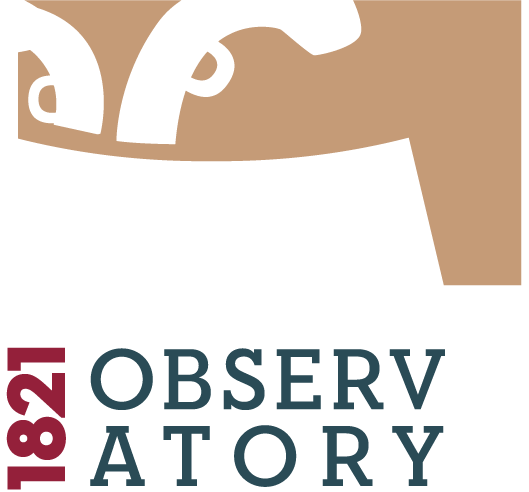Art and historical consciousness in nineteenth-century Greece: Images, history, education
Item
Title
Art and historical consciousness in nineteenth-century Greece: Images, history, education
List Of Authors
Creator
Spatial Coverage
Subject - keywords
Date
1 November 2021
Abstract
The images of the fathers of the Greek nation-state and the events of the Greek Revolution are everywhere. They illustrate our historical imagination, give colour and form to our collective pride, forge the certainties of our identity. We consider them so familiar and intimate that we neglect to question them; to learn their secrets, big and small; to discover the world in which they were born and lived – as well as the many lives that they lived afterwards and still live today. But images are not just about history. They also have historicity.
The author approaches the works of art of the 19th century by asking fundamental questions, such as: How did the Greeks see themselves in history? What effect did the view of foreigners have on their self-image? What role did they think they would play in the new era? How did they want to be remembered by the future generations of the nation?
He analyses paintings, murals, drawings and engravings, searches for their sources, illuminates the conditions of their creation, explores their audience, explores their manifest and latent ideological messages and discusses the influence they exerted on collective perception and memory. In order to trace the projections of historical consciousness and culture in the social field, he wanders in the necropolis of Athens, which he perceives as a historical utopia where the modern present ideally meets the ancestral past, substantiating an undisturbed eternity. Finally, he builds a modern pedagogical framework for approaching historical images and proposes ideas for their use in formal education and museums.
(Edited and translated blurb from publisher’s website)
The author approaches the works of art of the 19th century by asking fundamental questions, such as: How did the Greeks see themselves in history? What effect did the view of foreigners have on their self-image? What role did they think they would play in the new era? How did they want to be remembered by the future generations of the nation?
He analyses paintings, murals, drawings and engravings, searches for their sources, illuminates the conditions of their creation, explores their audience, explores their manifest and latent ideological messages and discusses the influence they exerted on collective perception and memory. In order to trace the projections of historical consciousness and culture in the social field, he wanders in the necropolis of Athens, which he perceives as a historical utopia where the modern present ideally meets the ancestral past, substantiating an undisturbed eternity. Finally, he builds a modern pedagogical framework for approaching historical images and proposes ideas for their use in formal education and museums.
(Edited and translated blurb from publisher’s website)
Type specialization
Format
Data sets
Language
Bibliographic Citation
https://www.dardanosnet.gr/product/techni-kai-istoriki-syneidisi-stin-ellada-tou-19ou-aiona/
Number Of Pages - Duration
443
Rights
All Rights Reserved
Item sets
Position: 9727 (46 views)

